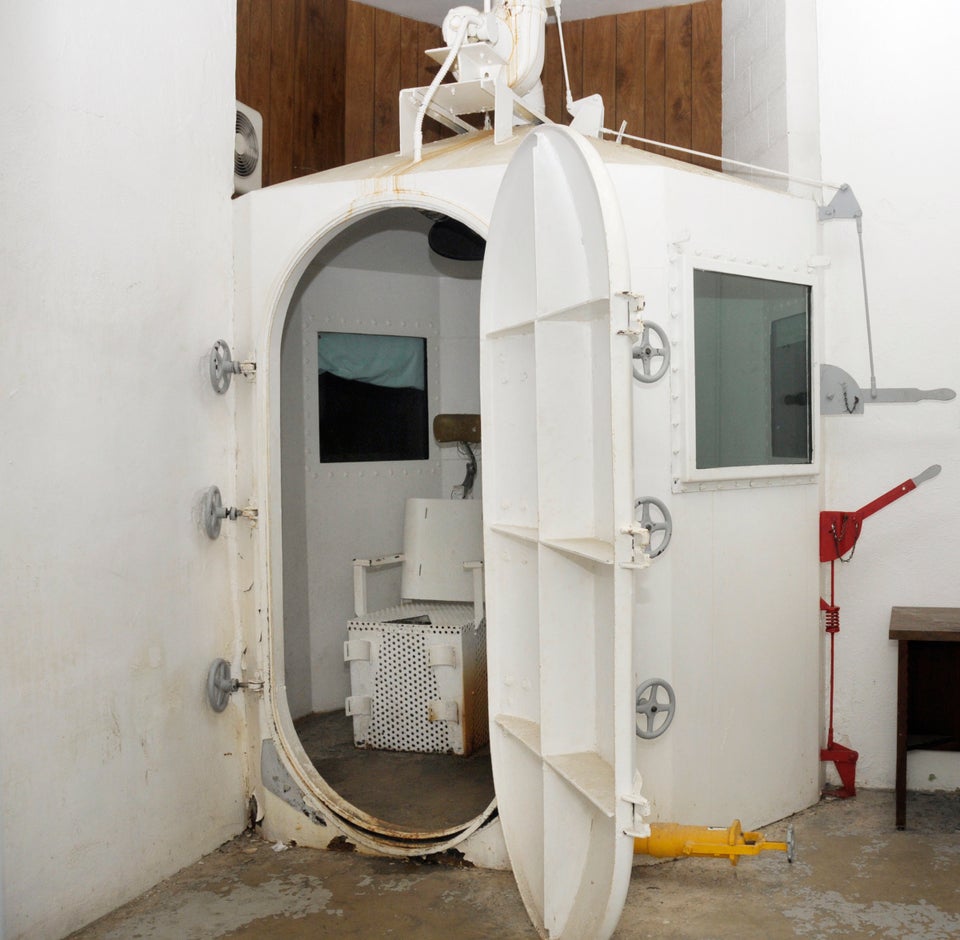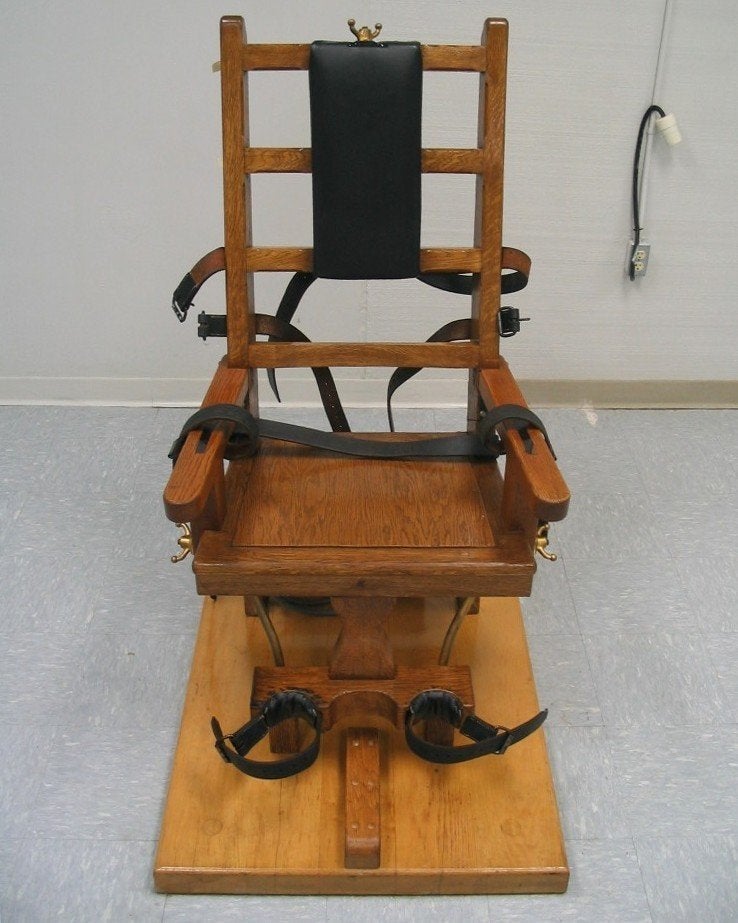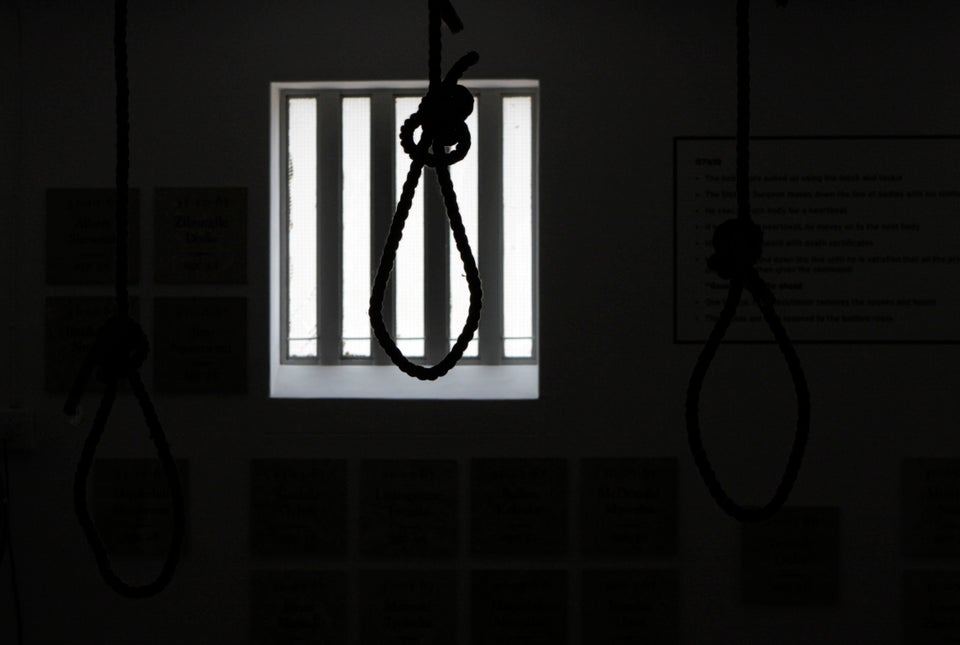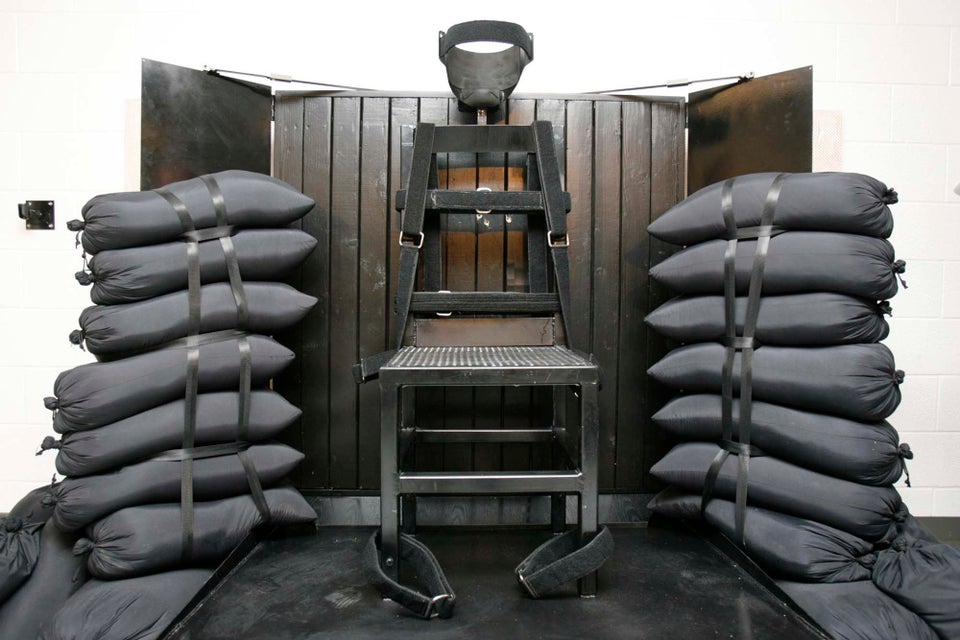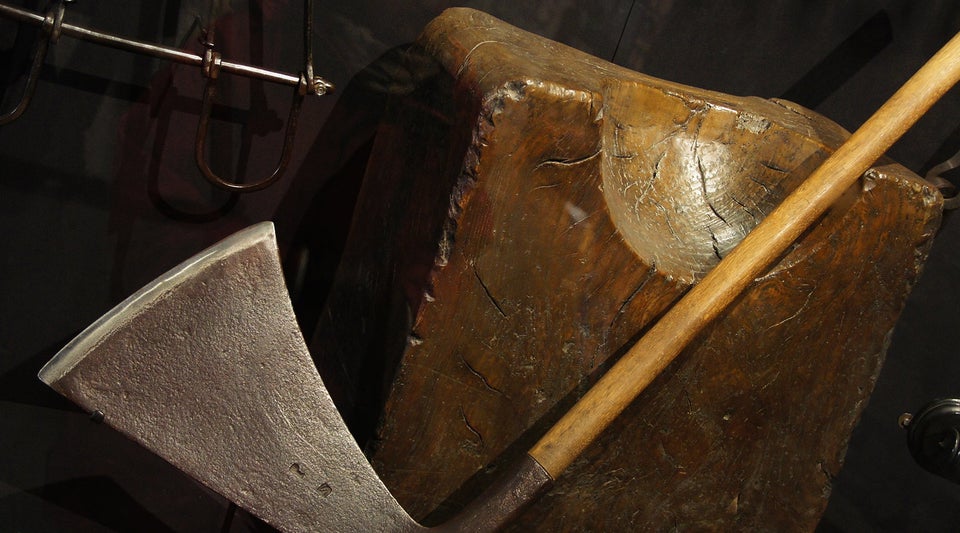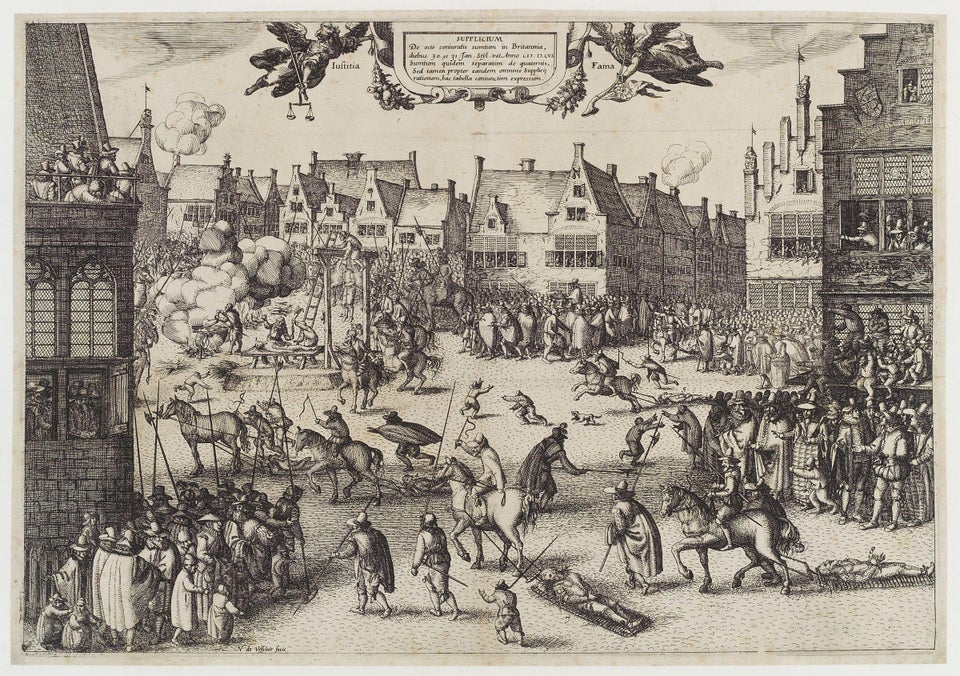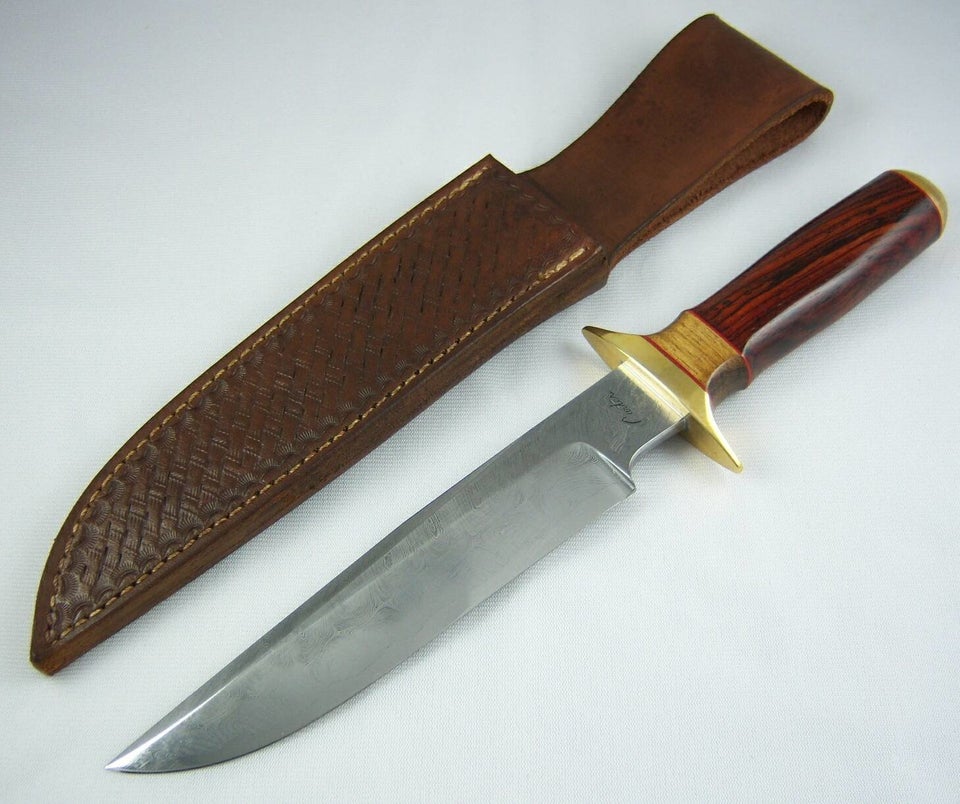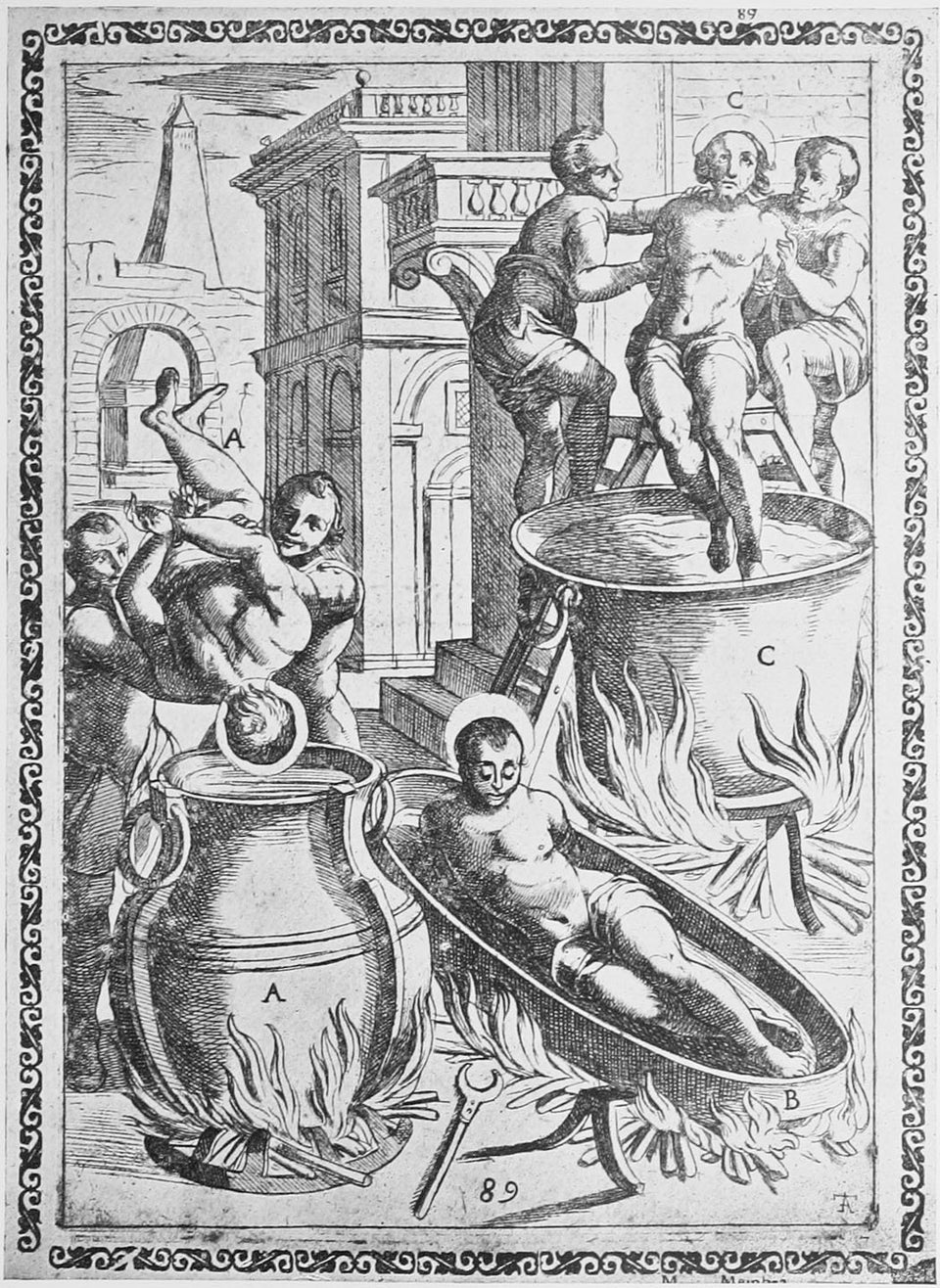Sen. John McCain (R-Ariz.) weighed in on the botched execution of Arizona death row inmate Joseph Wood, saying the 2-hour long procedure amounted to "torture."
Wood, who was sentenced to death in 1991 for the murder of his ex-girlfriend and her father, was was injected with an untested combination of lethal substances at the Arizona State Prison Complex on Wednesday. Witnesses and Wood's lawyers said the inmate was "gasping and snorting for more than an hour" on the gurney during the execution.
In an interview with Politico, McCain called reports of the botched execution "terrible."
“I believe in the death penalty for certain crimes. But that is not an acceptable way of carrying it out. And people who were responsible should be held responsible,” McCain said. “The lethal injection needs to be an indeed lethal injection and not the bollocks-upped situation that just prevailed. That’s torture.”
McCain said he didn't plan to speak to Arizona Gov. Jan Brewer about the execution, calling it a "state issue." On Wednesday, Brewer released a statement on the execution denying Wood had suffered:
I am concerned by the length of time it took for the administered drug protocol to complete the lawful execution of the convicted double murderer, Joseph Wood. While justice was carried out today, I directed the Department of Corrections to conduct a full review of the process.
One thing is certain, however, inmate Wood died in a lawful manner and by eyewitness and medical accounts he did not suffer. This is in stark comparison to the gruesome, vicious suffering that he inflicted on his two victims – and the lifetime of suffering he has caused their family.
Wood's execution comes just months after Oklahoma botched the execution of inmate Clayton Lockett, who writhed and clenched his teeth during his lethal injection procedure, dying 45 minutes after it began. Lockett was also administered a new combination of lethal drugs, the result of a nation-wide shortage of lethal injection drugs.
Studies have revealed disturbing truths about the U.S. death penalty, including that innocent lives have been taken and executions are often botched. Amherst law professor Austin Sarat, who has examined every execution from 1890 to 2010, has said pain may be inevitable in executions, no matter the method.
"A close look at executions in America suggests that despite our best efforts, pain and potential for error are inseparable from the process through which the state extinguishes life -- and that the conversation about capital punishment needs to take that fact into consideration," Sarat wrote in the Boston Globe in April.
For more on Wood's execution, go here.
Before You Go

